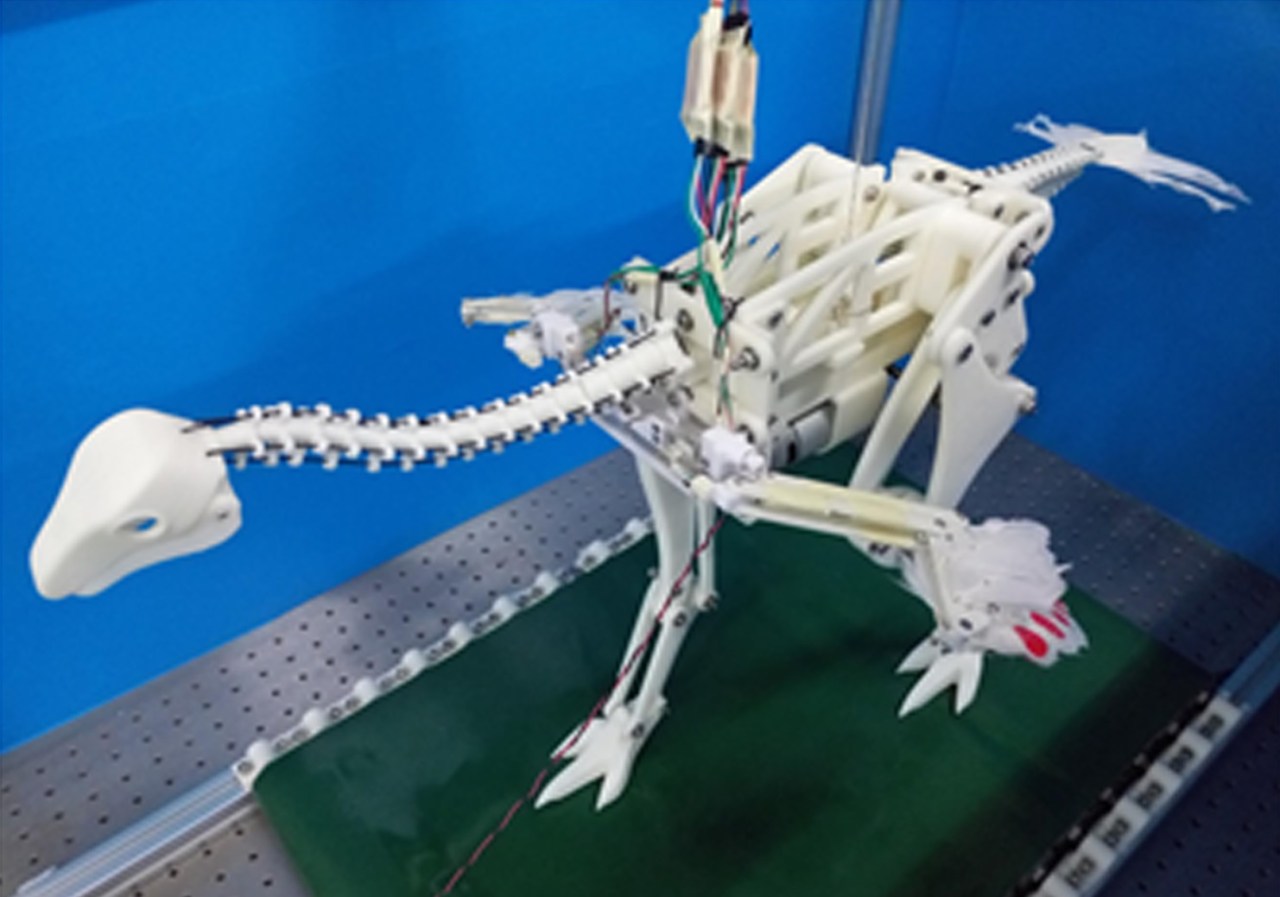The relationship between birds and dinosaurs has always fascinated scientists and casual observers alike. The leap from feathered reptiles to creatures soaring through the skies is one of evolutionary history’s game-changing moments. Recent innovative research has taken us a step closer to understanding this transformation—by building a life-size robotic dinosaur to simulate and test theories around how birds may have first taken flight. Let’s dive deeper into this intriguing venture that harnesses technology and paleontology to unravel this age-old mystery.
The Mechanistic Inquiry into Bird Evolution
Jing-Shan Zhao and his team from Tsinghua University are at the forefront of this exploration. The researchers focused on an important transitional species known as Caudipteryx, which possessed feathered forelimbs that could resemble today’s bird wings. By examining the fossil evidence, the researchers set out to unearth the anatomical mechanics and physics that might have helped these proto-birds progress toward actual flight.
Natural Frequencies and Biomechanics at Play
Utilizing advanced modeling techniques, the researchers estimated various physiological metrics for the Caudipteryx. From determining its running speed to assessing the stress on different body parts, it became evident that these feathered forelimbs could have naturally flapped in response to movement. The research suggests that such rhythmic motion might have laid the groundwork for powered flight, emphasizing that evolution does not create features from scratch but utilizes existing ones in innovative ways.
Bringing a Theory to Life: The Robotic Dinosaur and Ostrich Experiment
To put their theory to the test, Zhao and his colleagues did something remarkable—they constructed a robotic replica of the Caudipteryx, bringing this ancient creature back to a semblance of life. Coupled with this was the development of a unique ostrich backpack outfitted with replica wings. This creative approach allowed the researchers to examine real-world dynamics by observing how the bird’s movements interacted with the mechanical wings.
- A Robotic Dinosaur: A life-size model based on carefully curated fossil evidence, using 3D printing technologies, to accurately imitate the Caudipteryx’s gait.
- The Ostrich Experiment: The backpack wings attached to a juvenile ostrich provided data on the flapping motion’s nature, mimicking how earlier versions of birds may have behaved.
This experiment, while seemingly playful, was a significant scientific endeavor that provided evidence supporting the hypothesis that wing flapping could have emerged from the natural motion of these bipedal creatures, even before they took to the skies.
The Broader Implications of This Research
While there are limitations—the ostriches are not Caudipteryx, and the robot can’t replicate a living creature’s full dynamism—the implications of this work touch on broader evolutionary themes. Understanding how protowings could have evolved through mechanics and natural selection fills a critical gap in our knowledge of avian evolution. Furthermore, it showcases the vital role of interdisciplinary approaches in modern science, melding robotics, biology, and paleontology to advance our understanding of life’s complex narratives.
A Leap Towards Advanced AI and Robotics
As we embrace technological advances in both robotics and artificial intelligence, the implications extend beyond mere academic curiosity. The methodologies explored by researchers not only inform us of our past but could also pave the way for innovations in biomechanics and robotics that could have practical applications today—from aviation to rehabilitation technologies.
At fxis.ai, we believe that such advancements are crucial for the future of AI, as they enable more comprehensive and effective solutions. Our team is continually exploring new methodologies to push the envelope in artificial intelligence, ensuring that our clients benefit from the latest technological innovations.
Conclusion: An Exciting Frontier in Evolutionary Biology
The fusion of robotic technology and biological research offers a vivid illustration of how science continually seeks to answer fundamental questions about life on Earth. Though questions remain about the finer points of avian evolution, experiments like this invigorate the scientific community and inspire future inquiries that could one day unlock the secrets of life’s flight paths. For more insights, updates, or to collaborate on AI development projects, stay connected with fxis.ai.

